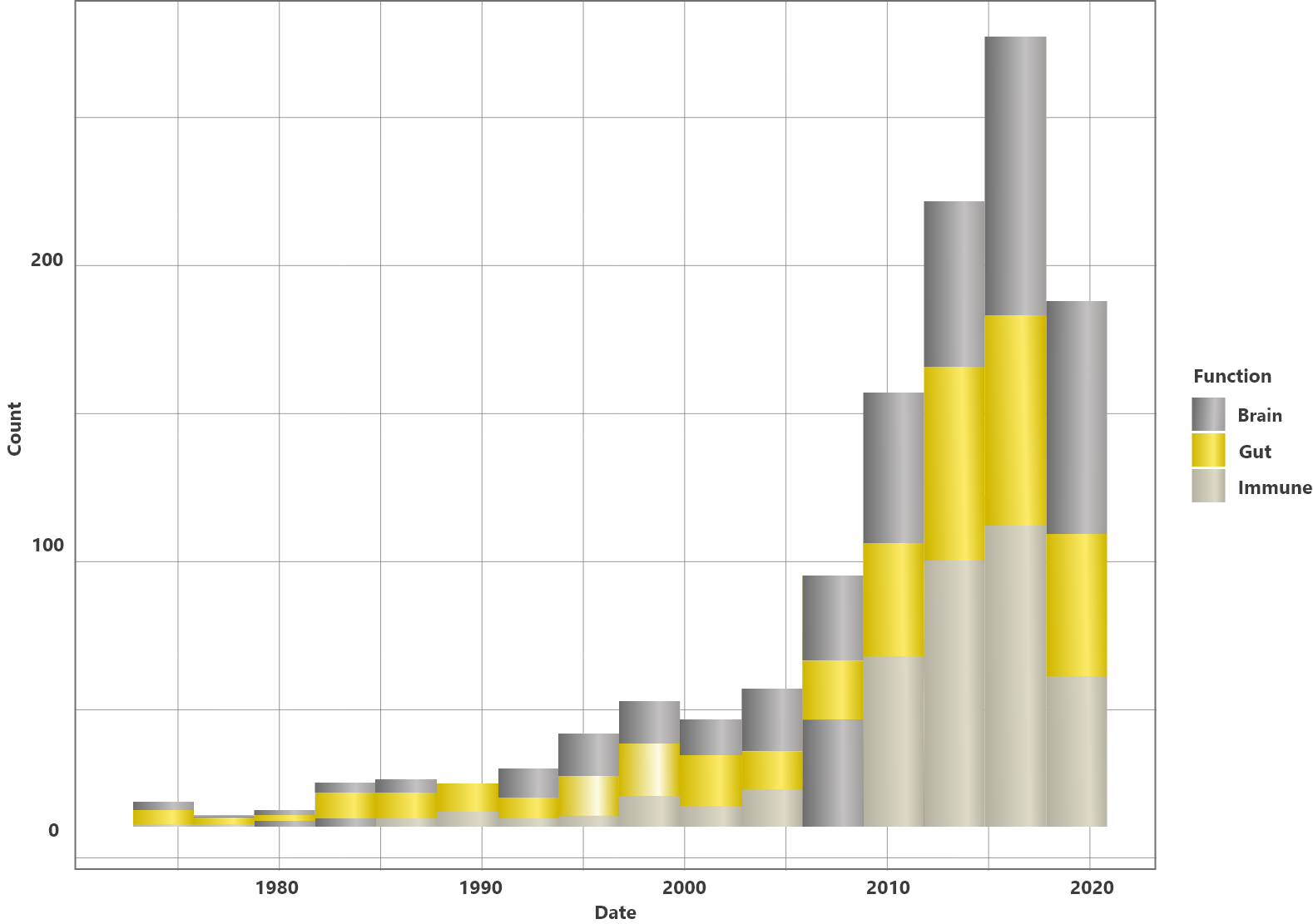| Zavaleta et al 2011 |
Infants (6-11 mo) |
MFGM |
6 Months |
|
| Gurnida et al 2012 |
Infants (2-8 wo) |
MFGM |
6 Months |
- Improved head and eye coordination, performance and general IQ scores of GMDS
- Higher serum ganglioside level
|
| Veereman-Wauters et al 2012 |
Children (4.4 yo) |
MFGM |
4 Months |
- Shorter febrile episodes
- Improved behaviour regulation
|
| Tanaka et al 2013 |
Premature infants with low birth weight |
Sphingomyelin |
18 Months |
- Improved behaviour score of BSID-II
- Improved Fagan test scores
- Improved latency of visual evoked potentials
- Improved sustained attention test
|
| Billeaud et al 2014 |
Infants (14 do) |
MFGM |
14 Weeks |
|
| Poppitt et al 2014 |
Infants (8-24 mo) |
Complex milk lipids |
12 Weeks |
- Shorter rotavirus diarrhoea duration
|
| Timby et al 2014 |
Infants (<2 mo) |
MFGM |
12 Months |
- Improved cognitive scores of BSID-III
|
| Timby et al 2015 |
Infants (<2 mo) |
MFGM |
12 Months |
- Reduced antipyretic use
- Reduced acute otitis media risk
|
| Li F et al 2019 |
Infants |
MFGM + Lactoferrin |
365 Days |
- Improved cognitive, language and motor scores of BSID-III
- Improved personal-social score on ASQ-3
- Reduced respiratory and gastrointestinal infections
|
| Li X et al 2019 |
Infants (21-28 do) |
MFGM |
12 months |
- Fewer episodes and days with fever
- Safe and well tolerated
|
| Xia et al 2021 |
Infants(<14 do) |
MFGM |
12 months |
- Improved social-emotional and general adaptive scores of BSID-III
- Improved short term memory
- Higher serum ganglioside level
|
| Hedrick et al 2021 |
Infants (10-14 do) |
MFGM + iron |
12 months |
- Supported adequate growth
- Supported normal iron status
|
| Teoh et al 2022 |
Infants (<28 do) |
MFGM + GOS:FOS(9:1) |
4 months |
- Safe & well tolerated
- Supported adequate growth
|
| Sapulveda-Valbuena 2021 |
Infants (< 2mo) |
MFGM + FOS + inulin + Bifidobacterium + lactobacilli + PUFA + gangliosides + nucleosides + sialic acid |
18 months |
- Higher head circumference, which could be related to better visual acuity and language development
|
| Jaramillo-Ospina et al 2022 |
Infants (M120 do) |
MFGM |
24 months |
- Safe
- Supported typical growth
|
| Jiang et al 2022 |
Infants (<14 do) |
MFGM |
12 months |
|
| Nieto-Ruiz et al 2022 |
Infants (0-2 mo) |
MFGM + FOS + inulin + Bifidobacterium + lactobacilli + PUFA + gangliosides + nucleosides + sialic acid |
6 years |
- Associated with long term effects on neurocognitive development and brain structure
|
| Nieto-Ruiz et al 2022 |
Infants (0-2 mo) |
MFGM + FOS + inulin + Bifidobacterium + lactobacilli + PUFA + gangliosides + nucleosides + sialic acid |
2.5 years |
- Fewer behavioural problems
|
| Nieto-Ruiz et al 2022 |
Infants (0-2 mo) |
MFGM + FOS + inulin + Bifidobacterium + lactobacilli + PUFA + gangliosides + nucleosides + sialic acid |
4 years |
- Associated with beneficial long term effects in language development
|


